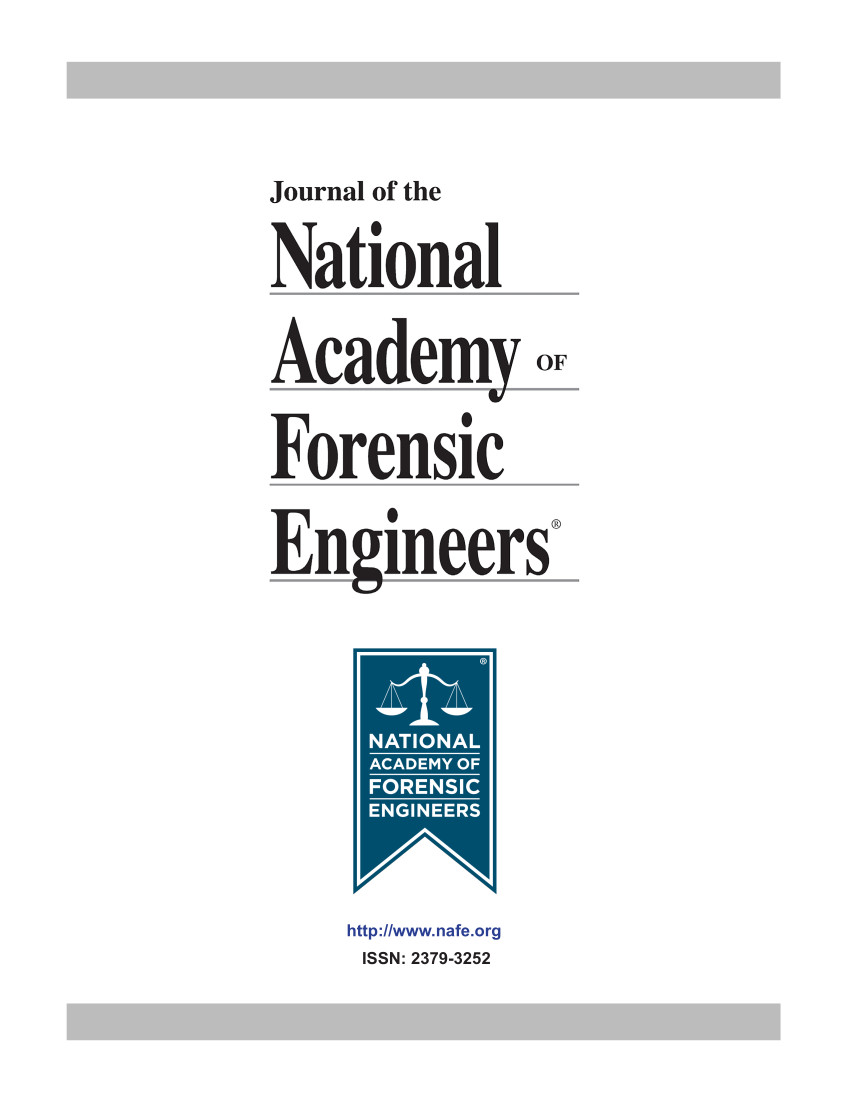Forensic Engineering Of Indoor Air Quality
DOI:
https://doi.org/10.51501/jotnafe.v23i1.653Keywords:
Indoor air qualityAbstract
Forensic Engineering Of Indoor Air Quality Is Both An Art And A Science. While There Are Several Standards, Guidelines, And Experienced Based Judgments, Some Are Contradictory. This Paper Discusses A Risk Assessment Approach That Considers Hazard Evaluation, Dose-Response Assessment, Exposure Assessment, And Risk Characterization. Hazard Evaluation, In Some Cases, Depends Upon Evaluation According To Physical Or Chemical Characteristics. For Example, Mold Spores Are Considered Fine Particulate Matter For Evaluation Against The National Ambient Air Quality Standard For Particulate Matter. Simple Exposure To A Contaminant Is Not Sufficient To Provoke A Response; Demonstrating A Reasonable Expectation Of A Linked Response Is Necessary. Time And Route Of Exposure Are Other Factors That Must Be Demonstrated. These Factors Are Combined In A Risk Assessment To Describe The Probability Of A Link Between Cause And Effect. Three Cases Are Presented Where These Elements Were Established Sufficiently To Persuade Judicial Decisions.Downloads
Published
2006-01-01
How to Cite
Peake, Drew. 2006. “Forensic Engineering Of Indoor Air Quality”. Journal of the National Academy of Forensic Engineers 23 (1). https://doi.org/10.51501/jotnafe.v23i1.653.
Issue
Section
Articles
License
Copyright (c) 2006 National Academy of Forensic Engineers

This work is licensed under a Creative Commons Attribution-NoDerivatives 4.0 International License.
All rights © Journal of the National Academy of Forensic Engineers.
Full statement regarding the author's license of copyright to the NAFE is shown on the Copyright section of the Submissions Page.






